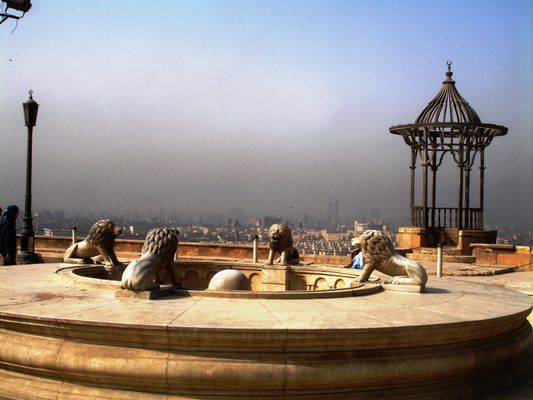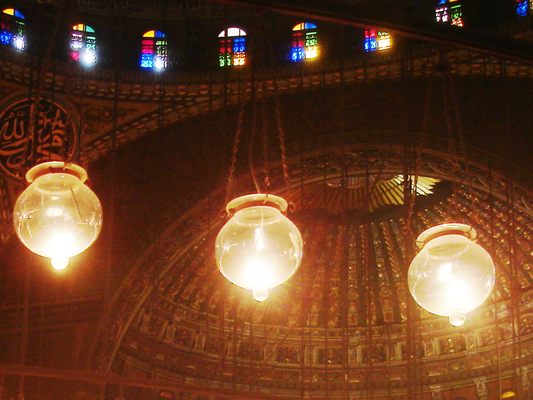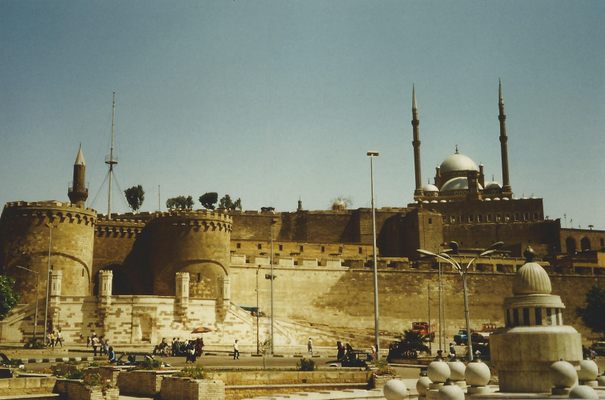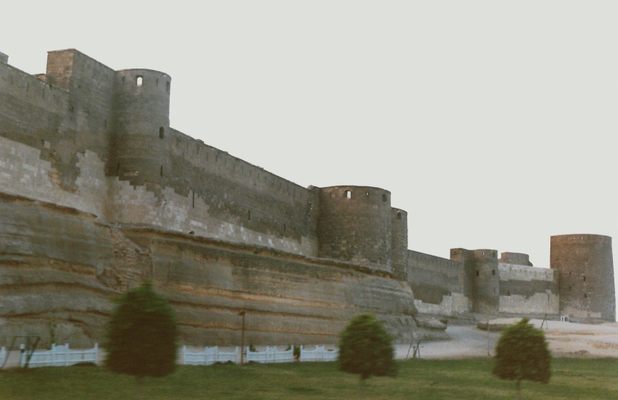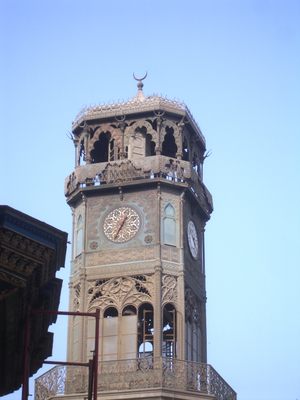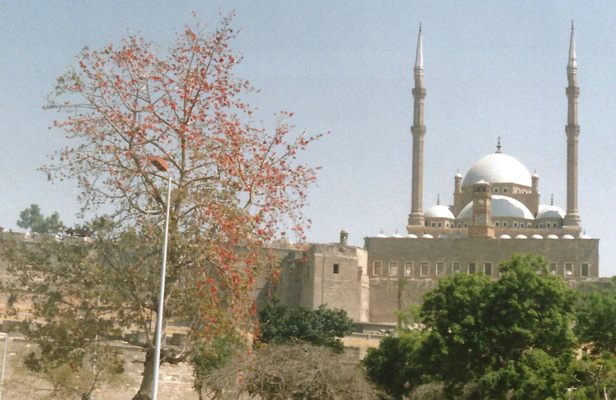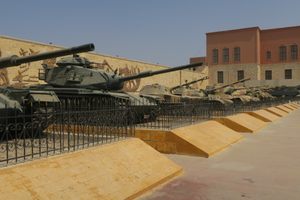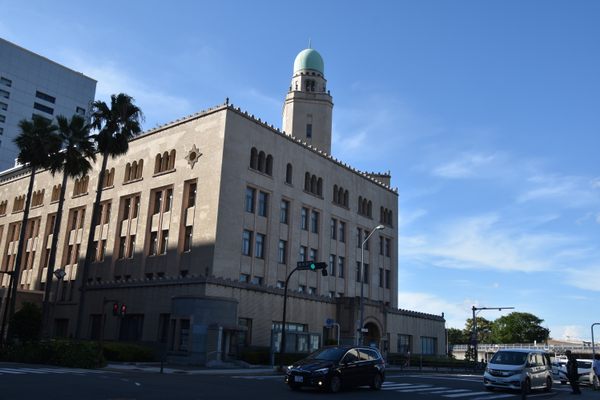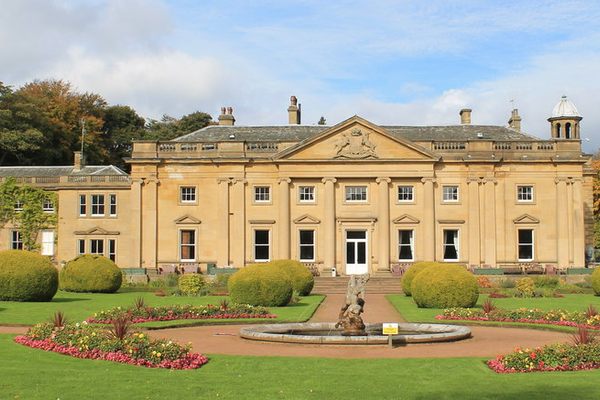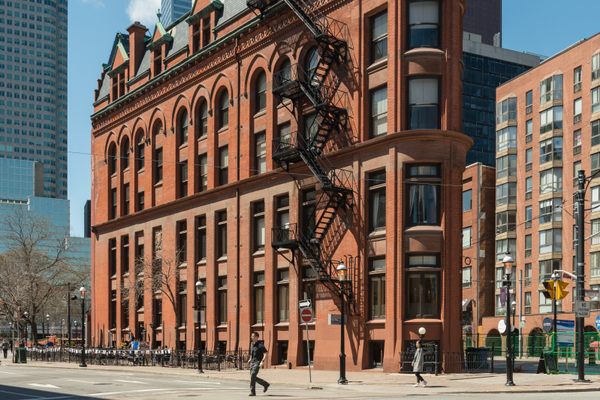About
An-Nasir Salah ad-Din Yusuf ibn Ayyub, more commonly referred to as Saladin, is one of the most notable and significant figures in the history of the Middle Ages. From his wise rule to intense warfare with Christian crusaders, his reputation is well respected in both the western and Islamic worlds.
Ruling a wide area extending from Syria to parts of the Maghreb, the seat of Saladin's sultanate was the desert city of Cairo, where he constructed a magnificent citadel that would continue to be Egypt's political center until the mid-19th century.
The Citadel of Saladin, known colloquially in English as the Cairo Citadel, is strategically located on a promontory beneath the Mokattam Mountain that made it difficult to attack. It was considered the most impressive and ambitious military fortification at the time of its construction. Subsequent Islamic rulers of the Mamluk Sultanate and the Ottoman Empire, al-Nasir Muhammad and Muhammad Ali Pasha respectively, redeveloped and installed additional defenses. Thanks to (or in spite of) this elaborate fortification, Cairo was never subjected to a siege, and therefore, the Citadel has never fallen in history.
One of the citadel's historically significant features is a relief depicting an Egyptian vulture that can be seen on its western wall. Although headless today, it's believed to have been originally a double-headed eagle, a motif often found in the contemporary Islamic world, from architecture to coinage. While the symbol is called the Eagle of Saladin, the relief's exact date is unknown and its creation could be later than the time of Saladin. Nevertheless, this "eagle" was redesigned and used as a national symbol following the Egyptian revolution of 1952 and is still employed as Egypt's official coat-of-arms.
Until 1983, the Citadel was used as a military garrison by occupying British forces and later by the Egyptian army. It first opened to the public following UNESCO's designation of it as part of the World Heritage Site, Historic Cairo.
Today the site contains multiple Ottoman-era mosques and museums dedicated to the military, police, and historical carriages. The structure also offers amazing views of Cairo and the desert beyond.
Related Tags
Egypt Family Adventure: Pyramids, Mummies & The Mighty Nile
Cross dream-like deserts and uncover the secrets of ancient pyramids.
Book NowCommunity Contributors
Added By
Published
April 29, 2020




